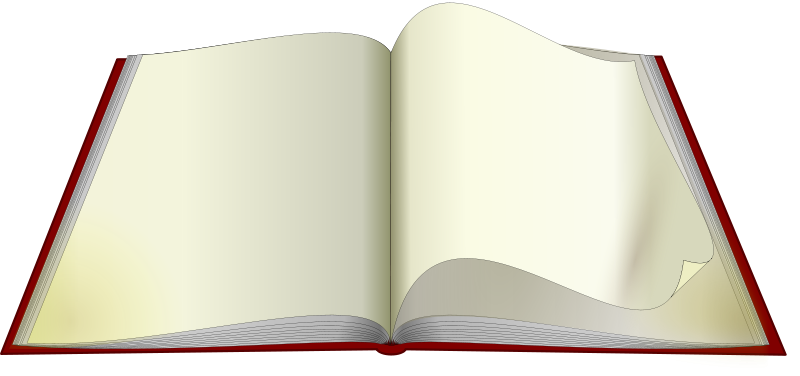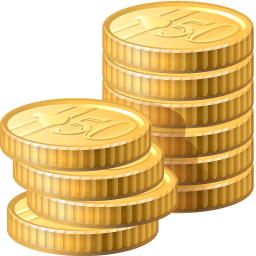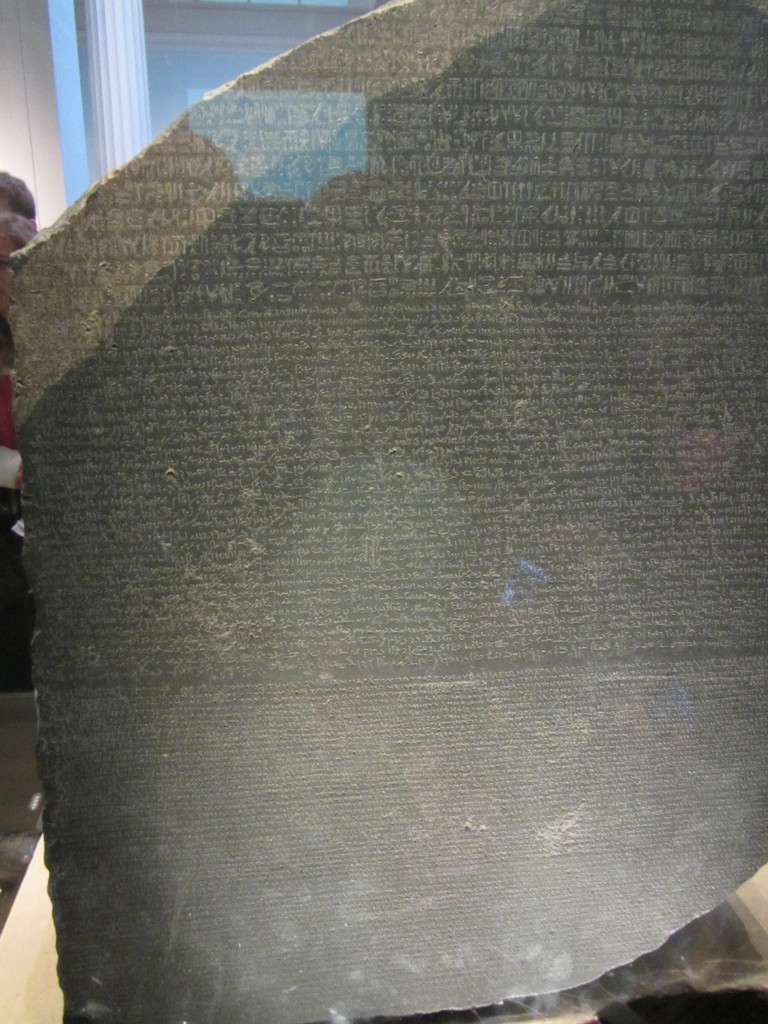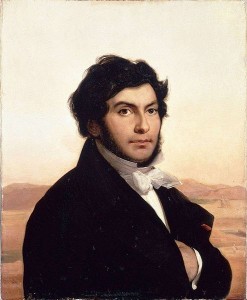Once upon a time…

Once upon a time, there was a young boy called Jean-François who was very quiet and studious. Oddly enough, although he loved books, he was not content with reading only his own language.
He wanted to read languages that he could not understand.
In fact, the languages that almost no one could understand interested him more than anything else. The only people who knew these languages were scholars in universities who had spent their lives in the study of ancient texts and musty scrolls.

Jean-François learned Persian and Sanskrit, along with many other ancient tongues. He also began work on a dictionary and grammar of the Coptic language and used this language to write his journal.
At the time, he had no idea that this language would allow him to unlock an ancient mystery, a written script that people hadn’t been able to read for more than 1500 years. Through his work, scholars can now read hieroglyphics, the written language of the ancient Egyptians.
There is, of course, a moral to this story. You may think something you’re learning now is just for fun, or perhaps that you are learning it just because your teacher wants to be a slave-driver.
 Nevertheless, put your new knowledge on the back-burner of your mind and let it gently simmer. One day, in a decade or two, it might help you to find a job, learn a related skill, develop a product or medicine, write a book or change the world. Even if this knowledge is never employed for a precise and discernible purpose, it will become part of the creative and versatile human being that you already are and will continue to become.
Nevertheless, put your new knowledge on the back-burner of your mind and let it gently simmer. One day, in a decade or two, it might help you to find a job, learn a related skill, develop a product or medicine, write a book or change the world. Even if this knowledge is never employed for a precise and discernible purpose, it will become part of the creative and versatile human being that you already are and will continue to become.
 A story within a story:
A story within a story:
Euclid was an ancient Greek whose mathematical textbooks were used until the 19th century and whose work is still the basis of related study today. He was teaching a young man geometry when his student, after learning the first theorem, unwisely asked: “What shall I get by learning these things?” Euclid called his slave and said: “Give this young man a few coins, since he must get something from what he learns”.
Perhaps this is what Euclid meant:
When you learn something, you shouldn’t worry about what it gives you. Leave that to “the grand Perhaps”, in the words of Robert Browning.

With the help of this stone and the ancient tongues he had learned as a child, Jean-Francois Champollion unlocked a 1500-year-old mystery. It is largely because of him that we know so much about the ancient Egyptians.
Writing in Ancient Egypt
The ancient Egyptians used writing to administer their complex hierarchical society, to give orders, to tot up taxes, to write the spells that would protect the dead in the afterlife and to describe their lives. Their tombs were covered with the beautiful, pictorial symbols we call hieroglyphics.

The knowledge of how to read ancient Egyptian hieroglyphics, however, was lost for more than 1500 years, until Jean-François Champollion figured out how to decipher these beautiful and mysterious symbols. As a boy, he used to write his journal in Coptic, the language used by the early Christian Church in Egypt, but long since dead.
A language is considered dead when no living child speaks it as his mother tongue. No living child had spoken Coptic for over 1500 years, but it turned out to be the one written language that could provide clues to the sounds of ancient Egyptian speech.
Never suspecting that Coptic might supply the vital link to understanding hieroglyphics, Champollion learned it as a teenager, along with several other dead languages. It was a specific linguistic knowledge that he placed on the back-burner of his mind. One day that knowledge would burst into flame. One day it would illuminate the study of ancient Egypt.
POSSIBLE ACTIVITIES

a Write your name in hieroglyphics and write 3 dot points about the characteristics of this ancient script.
b What is a cartouche? How did this symbol help in the decipherment of hieroglyphics?
c Champollion wrote that “phonic” symbols were the basis of hieroglyphics. What does this mean?
d Write a comment: How can writing be used for positive, life-affirming purposes? Conversely, how can it be employed to hurt, to harm or to oppress other human beings?
1 Discover the basic details of hieroglyphics at these links:
2 Learn how to write your name in hieroglyphics at this link.
3 Read the whole fascinating story behind the decipherment of ancient Egyptian hieroglyphics at this BBC link.

